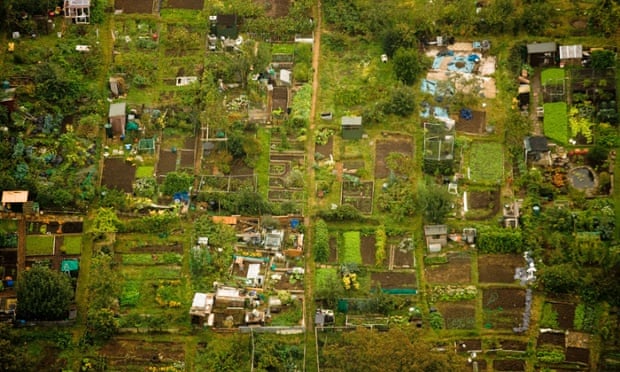Allotments produced more bee sightings than parks, gardens and the countryside over the 12-week summer count
 Allotments are the best habitat for bees according to the results of the first Great British Bee Count this summer.
Allotments are the best habitat for bees according to the results of the first Great British Bee Count this summer.
More bees were seen on allotments than on any other habitat including parks, gardens, and the countryside during the 12-week bee count from June to August.
More than 23,000 people across the UK took part in the count using a smartphone app to log their sightings of 830,000 bees.
An average of 12 bees per count were spotted on allotments compared to 10 in the countryside, eight in gardens, seven in parks and only four on roadside verges.
Bumblebees were the most frequently seen type of bee in all regions with 304,857 sightings including common species such as the buff-tailed bumblebee, garden bumblebee and white-tailed bumblebees. Honeybees were the second most-seen bee with 193,837 sightings. Of these, 42% were in rural areas, 30% in suburbs and 28% in towns and cities. The ginger-tufted tree bumblebee, which is often found nesting in bird boxes, was the third most identified bee with 69,369 sightings. It only arrived in southern England from mainland Europe in 2001, but the survey shows it has now spread throughout England, Wales and Northern Ireland.
The Great British Bee Count was developed by charities Friends of the Earth and Buglife and retailer, B&Q, with the aim of providing annual comparable data and trends that will give a broader picture of bee health. Bee experts believe the mild winter, warm spring and long summer created good weather conditions for bees to thrive this year.























